
Ingredient
Garlic flavour
The Aromatic Allium Essence
Garlic flavor is characterized by its pungent and savory notes, which can range from mild to intense depending on the preparation. It adds a unique depth and complexity to dishes, enhancing their overall flavor profile. Whether used raw or cooked, garlic flavor is a staple in many cuisines around the world.
Origins and history
Garlic has been cultivated and used as a culinary ingredient for thousands of years. It has a rich history in various cultures, including ancient Egypt, where it was revered for its medicinal properties. Garlic flavor is a fundamental component of Mediterranean cuisine, particularly in dishes from Italy, Spain, and Greece.
Nutritional information
Garlic flavor is low in calories and fat, making it a healthy addition to dishes. It contains beneficial compounds, such as allicin, which is known for its potential health benefits. Garlic flavor is also a good source of vitamins C and B6, as well as manganese and selenium.
Allergens
May cause allergic reactions in individuals with garlic allergies. It is advisable to exercise caution and consult with a healthcare professional if necessary.
How to select
When selecting garlic flavor, opt for fresh garlic bulbs that are firm and plump. Avoid bulbs that have soft spots, mold, or sprouting. The skin should be tight and papery, and the cloves should be tightly packed. For convenience, pre-peeled garlic cloves or garlic powder can also be used.
Storage recommendations
Fresh garlic bulbs should be stored in a cool, dry, and well-ventilated area away from direct sunlight. Avoid storing garlic in the refrigerator, as it can cause the cloves to become soft and lose flavor. Once the bulb is broken, use the cloves within a few days. Peeled garlic cloves or garlic powder should be stored in airtight containers in a cool, dark place.
How to produce
Garlic can be easily produced by amateurs in home gardens or containers. It is a hardy plant that thrives in well-drained soil and requires regular watering. Garlic bulbs can be planted in the fall for a summer harvest. The cloves should be planted with the pointed end facing up, about 2 inches deep and 4-6 inches apart.
Preparation tips
Garlic flavor can be used in a variety of ways, depending on the desired intensity. Raw garlic can be minced or crushed and added to dressings, marinades, or sauces. Cooking garlic mellows its flavor, making it suitable for sautéing, roasting, or braising. It is important to note that garlic burns easily, so it should be added towards the end of the cooking process to avoid bitterness.
Substitutions
Onion flavor, shallots, or chives can be used as substitutes for garlic flavor. While they may not provide the exact same taste, they can add a similar aromatic quality to dishes. Garlic powder or garlic salt can also be used as a substitute, although they lack the fresh pungency of raw garlic.
Culinary uses
Garlic flavor is widely used in various cuisines around the world. It is a key ingredient in Mediterranean dishes, such as pasta sauces, roasted vegetables, and garlic bread. It is also a fundamental component of Asian cuisines, including stir-fries, curries, and marinades. Garlic flavor can be found in a wide range of dishes, from soups and stews to salads and dips.
Availability
Garlic flavor is available worldwide and is cultivated in many countries. It is commonly found in grocery stores, supermarkets, and farmers markets. The availability may vary depending on the region and local culinary preferences.
More ingredients from this category » Browse all

Brandy orange flavour
The Essence of Citrus Elegance
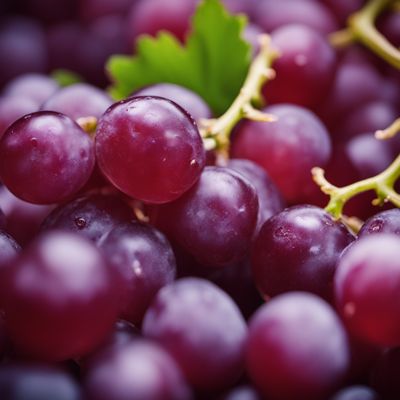
Grape concord flavour
The Bold and Sweet Essence of Concord Grapes
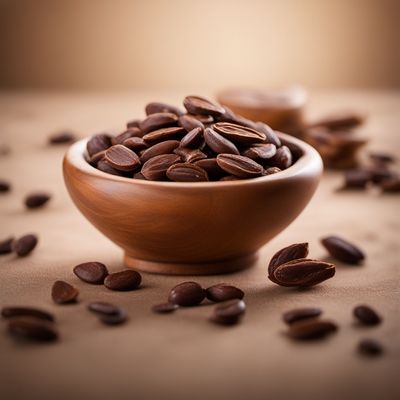
Carob flavouring
Carob Flavouring: A Natural Alternative
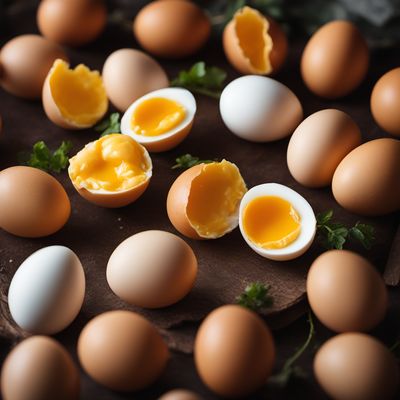
Egg yolk flavour
Golden Essence: Unleashing the Richness of Egg Yolk

Sage flavour
The Savory Herb: Unleashing the Essence of Sage Flavour
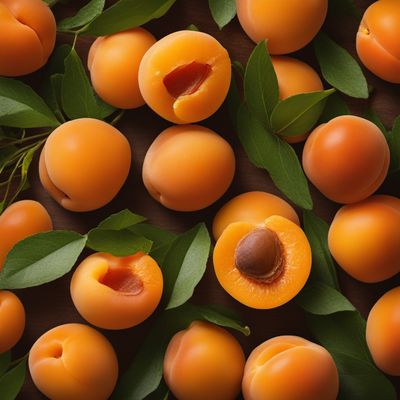
Apricot flavour
"The Essence of Sun-Ripened Apricots: Exploring the Delightful Apricot Flavour"

Brandy flavour
"The Essence of Brandy: Unleashing the Spirit of Flavor"

Ham flavour
Unlocking the Essence of Smoky Delight
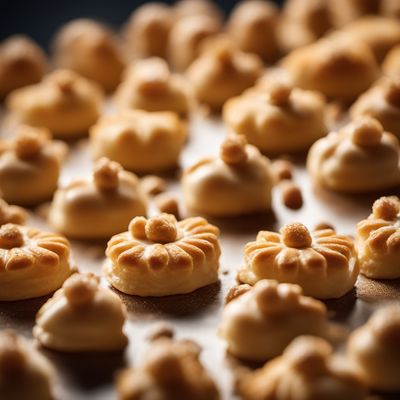
Pastry flavour
The Essence of Pastry: Unveiling the Flavorful World of Pastry Flavour

Cheesecake flavour
"Indulge in the Creamy Delights of Cheesecake Infusion"

Green tea flavour
The Elixir of Serenity

Kirsch flavour
The Essence of Cherry Elegance